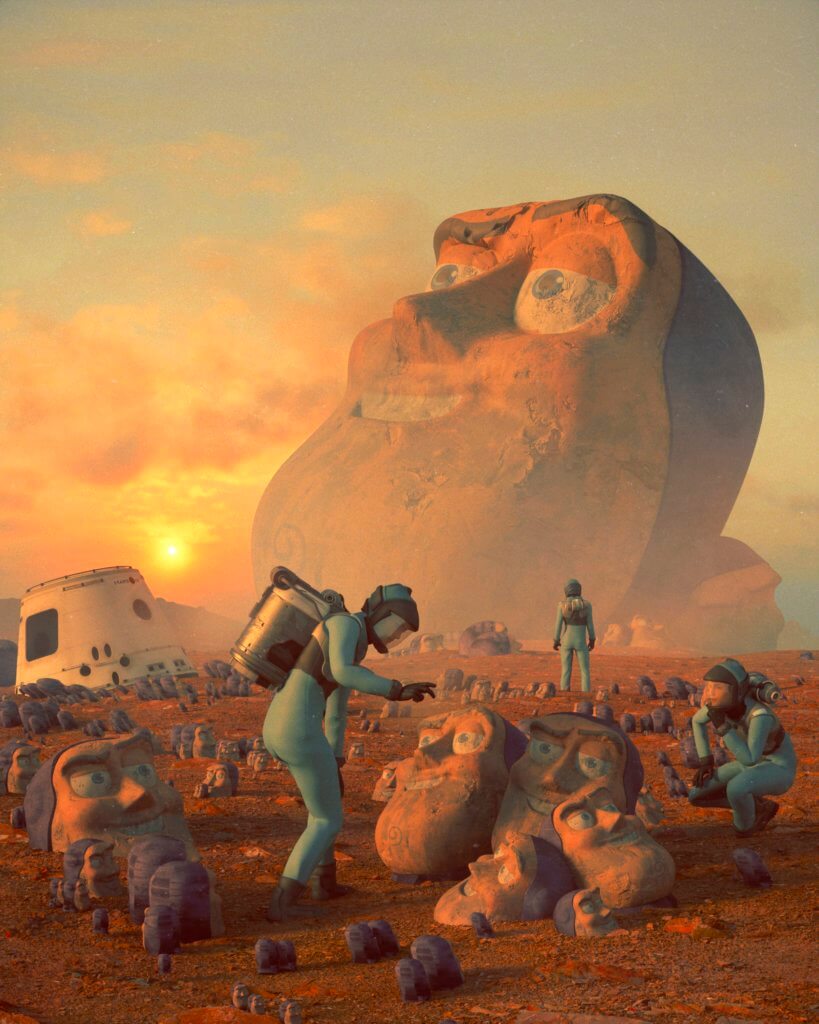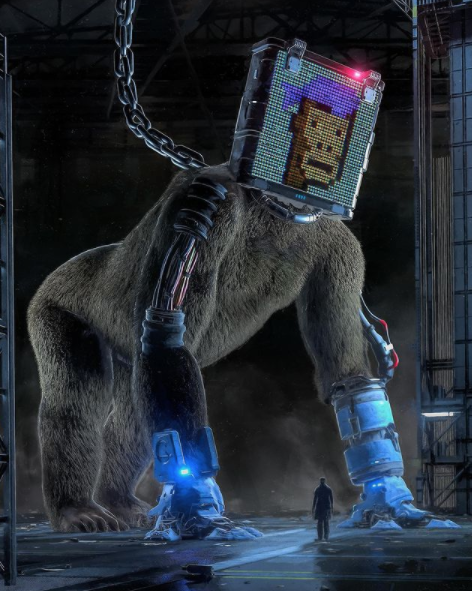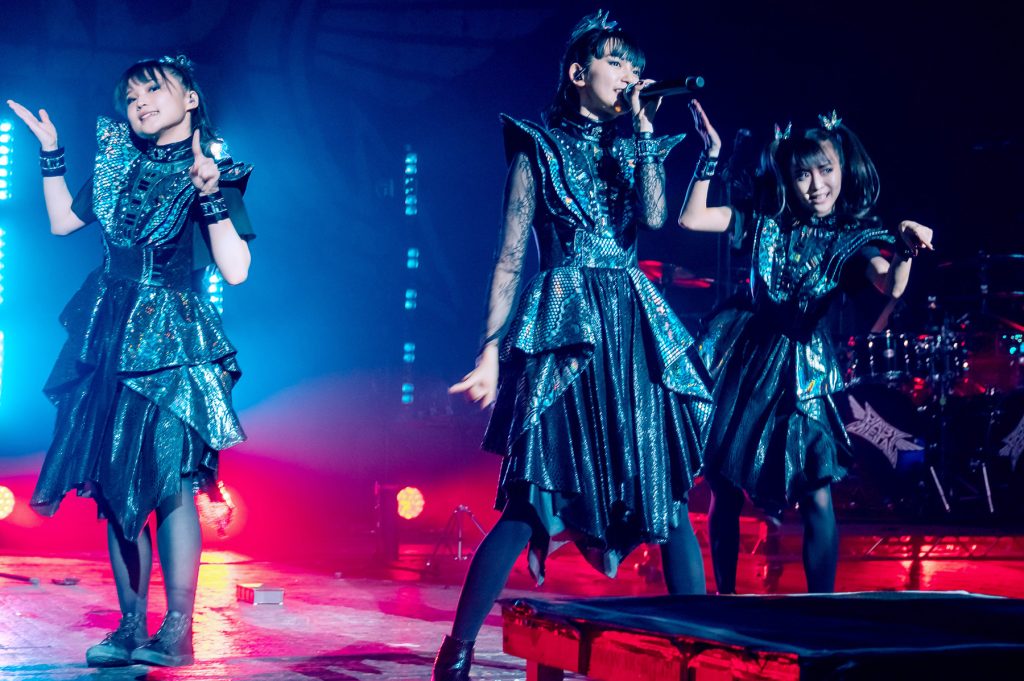Things are really heating up with advances in technology, especially the plethora of ideas spawned with blockchain. And because of this, a notable artsy fellow who goes by the name of Beeple just sold an NFT – Non-Fungible Token digital artwork at a Christie’s auction for US$69.3 million.

Blockchain is essentially a super-secure database method. This ensures no single user or group has control of the technology, so the transparency is wide open and you can rename completely anonymous.
In a nutshell, everyone has control and people can transfer funds from bank account to bank account securely and fast. Bitcoin is bought and sold this way.

An NFT is a digital token encrypted with the artist’s signature on the blockchain. This way, sellers and buyers are able to verify authenticity and ownership.
Who is Beeple?
Beeple (or “Beeple Crap” if you want to get formal about it) is a graphic designer named Mike Winkelmann, from Charleston, South Carolina. With over 2 million followers on Instagram alone, his reputation precedes him with clients like SpaceX, Nike, Coca-Cola, Louis Vuitton, and Sony Pictures to name a few.
Beeple has also worked on concert visuals for celebrities like Justin Bieber, One Direction, Katy Perry, Nicki Minaj, Eminem, Zedd, and deadmau5.
The Art of Beeple
Beeple’s artwork consists of mainly digital media, including short films, Creative Commons VJ loops, Everydays, and VR / AR work.
The work of art that sold for US$69.3 million is titled “EVERYDAYS: THE FIRST 5000 DAYS.” Per Christies website –
In May 2007, the digital artist known as Beeple set out to create and post a new work of art online every day. He hasn’t missed a day since, creating a new digital picture every day for 5,000 days straight.
Individually known as EVERYDAYS, collectively, the pieces form the core of EVERYDAYS: THE FIRST 5000 DAYS, one of the most unique bodies of work to emerge in the history of digital art.

That type of commitment and tenacity alone warrants a nice price tag attached, but we might have wandered into the stratosphere on this one.
On the other hand, Beeple’s totally cool with it, stating “I believe we are witnessing the beginning of the next chapter in art history, digital art.”
We’d have to agree, as digital art has had a tough time getting its day in the sun as outside of image watermarks, there was really no way to create authenticity and provenance for a jpeg image. Thanks to blockchain, this is now possible.
Who Buys Art by Beeple?
We’ll start on the high end as most of us are wondering who drops 69 million bucks on a jpeg. The buyer of “Everydays: The First 5000 Days” is a person known as Metakovan, founder and funder of Metapurse, the largest NFT fund in the world, was the buyer.
The auction for Beeple’s art was like a day at the races, but without the fun hats and crazy drinks. Chinese cryptocurrency creator Justin Sun ran neck and neck with Metakovan up to the final seconds.
Sun’s final bid was US$60 million and just when he thought he had it in the bag, he was upped by US$250,000. His attempt to overtake his adversary failed in the last 30 seconds.

The collage of 5,000 images took 13 years to make and imagery included in the mosaic is of Abraham Lincoln spanking a baby Donald Trump, a giant rabbit eating children on a playground, and a muscled Tom Hanks beating up an anthropomorphic representation of the coronavirus.
This art had a starting bid of just $100, with over 200 bidders in the running, waving their paddles in what we would guess was comparable to an apocalyptic frenzy (we weren’t there, but fun to visualize!)
The auction was virtual and Beeple watched it all unfold from his brother’s backyard. As Roy Schneider might have said coining a phrase from Jaws, “You’re gonna need a bigger wallet.” Who knows, maybe crazy hats and fun drinks were involved on that historic day.

Regardless, anticipation was high for this piece going to auction. “Twenty-two million visitors tuned in for the final minutes of bidding,” says Alex Rotter, Christie’s chairman of 20th and 21st-century art.
As for the mysterious buyer known only as Metakovan, he refuses to share his full name, and he paid for the artwork using the world’s second-biggest cryptocurrency, Ethereum.
How Do Non-Fungible Tokens Work?
NFTs are unique cryptographic tokens that exist on a blockchain and cannot be replicated like cryptocurrencies (fungible tokens) which are identical to each other and, therefore, can be used as a medium for commercial transactions.
Imagine a 20-ounce bar of gold. Another 20-ounce bar of gold would hold the same value. Since NFTs are associated with something unique and one-of-a-kind, they can be used to represent anything from artwork to real estate and even people’s identities.

Oddly, processing crypto and NFT transactions take a lot of computing power. And we mean A lot!
Joanie Lemercier, an eco-conscious French artist who closely tracks his studio’s energy usage, was dismayed to learn that the sale of just six of his own pieces as NFTs used more electricity in one day than he had for the previous two years.
NFTs are taking on new importance outside of just taking digital art to the next level. We can now create a tamper-resistant blockchain of things like smart contracts and individual creations to better track the provenance, production, and sale through this unique identity management. The music industry is now jumping on NFTs big time.
The caveat is that the value of something as unique as an NFT is subjective. Like a work of art, the value is driven by personal feelings if there isn’t already a provenance attached.
Also, the perception of value exists if the artist is long dead, no longer making any more art. So this is a new frontier for living artists.
Since digital art has just put its big toe into the waters, craziness may be the driving force behind astronomical bids in the millions – at least for now.














